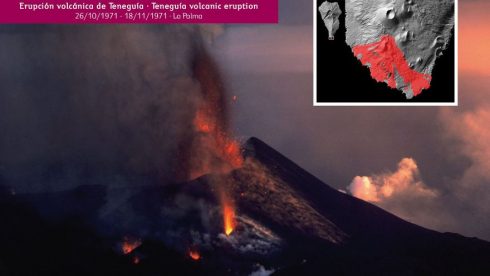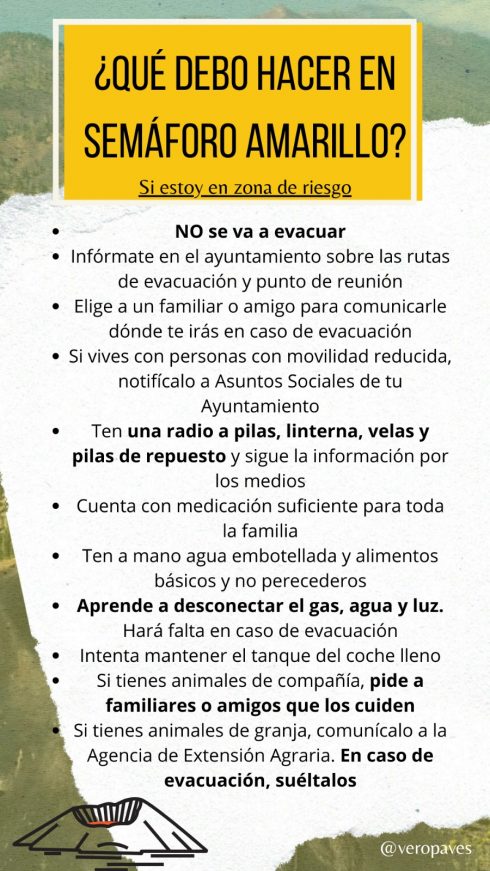RECENT seismic activity detected on the Spanish island of La Palma have raised fears that a volcano which last erupted 50 years ago could be about to blow.
The Teneguia volcano located in La Cumbre Vieja national park dominates the south of the island of La Palma and is described as active, although dormant.
It last erupted in October 1971 it spewed red hot lava in an eruption that lasted 23 days.

Now just days before the fiftieth anniversary of the eruption, authorities fear another may be imminent.
More than 4,000 mini tremors have been detected beneath the Teneguia volcano, on the south of the island, since Saturday September 11, with the strongest registering a magnitude of 3.4 on the Richter scale.
According to Involcan, Spain’s volcanology institute based on the Canary Islands, more than 11 million cubic metres of magma have seeped into Cumbre Vieja in recent days.
It warned that “an intensification of the type of seismic activity in the coming days cannot be ruled out.”
In fact, the earthquakes are occurring closer to the surface as time goes on.
While the first earthquakes were recorded at a depth of 20 kilometres below the surface, later ones hit at between six and eight kilometres.
By Wednesday at least 20 tremors were recorded at just below three kilometres from the surface, indicating that magma is looking for an outlet.
Experts have reported that the collecting magma down below has already swelled the peak by around 6 centimetres.
Although the Spanish government’s delegation in the archipelago stressed there was no need to panic, it confirmed the situation was being monitored closely.
“The situation could change quickly in the short term,” it said in a statement but insisted there was “no clear evidence that suggested an eruption was imminent”.
The last volcanic eruption in the Canary Islands was an underwater one, when a submerged volcano off the tiny island of El Hierro erupted in 2011.
On Tuesday the team behind the Volcano Risk Prevention Plan (Pevolca) raised the alert level warning of possible volcanic eruption from green to yellow – the second highest in a three tier warning system – meaning the public should be informed of measures to take ‘ahead of a possible volcanic eruption’.
The Pevolca plan advises residents in potential risk zones to be aware of what to do if an evacuation is ordered, with advice such as check town hall notices to find out about assembly points, inform authorities if you or someone you live with has reduced mobility and may require assistance in the event of an evacuation order.
It also advises those in the risk zone to have an emergency pack of supplies – including sufficient prescription medicine if required . and a portable radio with batteries so they can keep up with important news.
Residents should make sure they know how to disconnect water, gas and power at their property and to ensure they have a full tank of petrol and know the route and distance times to evacuation points.
Those with pets should try and find friends or family in safe zones to care for them and those with farm animals should make sure the local Agricultural Agency is aware. If in the case of an eruption and need to evacuate, you should let the animals roam free.

READ ALSO:

